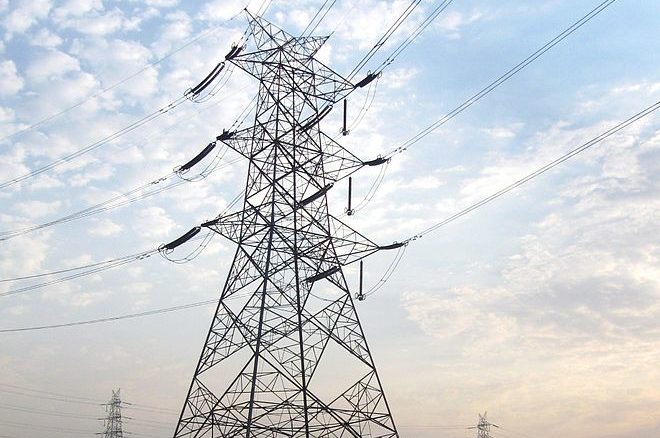A power ministry-constituted panel has made specific recommendations for the redesign of the Indian electricity market of the future. It has proposed comprehensive solutions to create an efficient, optimal, and reliable market framework to enable the energy transition and integration of renewable energy into the grid.
The Group has recommended a roadmap outlining the interventions for the near, medium, and long term. The interventions include setting up a mechanism to monitor whether adequacy of supply is being maintained by the state utilities, enhancing the efficacy of the day-ahead market, introducing a market-based mechanism for secondary reserves, and implementing 5-minutes based metering, scheduling, dispatch, and settlement.
The proposed changes also include demand response and aggregation, which could reduce reserve requirements and lower electricity costs. There will be a strengthening of market monitoring and surveillance activities to keep track of participation and prevent price volatility. A regional-level balancing framework for deviation management will be implemented. This would result in a reduction in deviation penalties for the States at the inter-state transmission system (ISTS) level and consequently lower the reserve requirements.
Union Minister of Power and New & Renewable Energy, R.K. Singh, said the proposed reforms are crucial to meeting India’s renewable energy targets, and will also create a conducive environment for investment in renewable energy. The changes will enable better grid integration of renewable energy and pave the way for a cleaner, greener future.
The Minister emphasized the need of ensuring the procurement of the most efficient power generation capacity while designing the capacity contracts and also agreed with the recommendations of having long-term power purchase agreements (PPAs) of 12-15 years duration from now onwards.
The Minister also directed to immediately undertake the development of new RE capacity based on the Contract for Difference (CfD) methodology to ensure competition and transparency. He directed that the power exchange clearing engine may be validated by Central Electricity Regulatory Commission.
According to the latest data for 2022-23, the total traded volume in the Indian electricity market was 102,276 MUs, which represents only a small portion of the 1,624,465 MUs of energy generated from all sources (including RE). The peak demand for electricity in 2022-23 was 215.8 GW, and it is expected to increase to 335 GW by the year 2029-30.
This content is protected by copyright and may not be reused. If you want to cooperate with us and would like to reuse some of our content, please contact: editors@pv-magazine.com.









The outlined roadmap for the electricity market by the government panel is a promising step towards a more efficient and sustainable energy sector. By providing a clear direction and framework, it encourages transparency, competition, and innovation in the market. Such initiatives can lead to improved access to electricity, better integration of renewable energy sources, and enhanced grid resilience.